Electric vehicle pioneer Tesla is finalizing plans to establish a production facility in India within the next two years, according to multiple sources familiar with the negotiations. This strategic move marks a significant shift in the company's emerging markets strategy after years of stalled negotiations with Indian authorities over import duties and local sourcing requirements.
The proposed factory, likely to be situated in either Maharashtra or Gujarat, would represent Tesla's first manufacturing footprint in South Asia. Industry analysts note this development comes at a crucial juncture for both parties - Tesla seeks to diversify its production base beyond China, while India aims to position itself as a viable alternative in the global EV supply chain.
Breaking the India Deadlock
Previous attempts by Tesla to enter the Indian market faced substantial hurdles, primarily centered around the company's reluctance to commit to local manufacturing without first testing demand through imports. The Indian government maintained its stance of imposing steep import tariffs to encourage domestic production, creating an impasse that lasted nearly three years.
Recent high-level discussions between Tesla executives and Indian officials appear to have yielded a compromise. While full details remain confidential, insiders suggest the agreement involves phased manufacturing commitments from Tesla paired with targeted incentives from India. These include potential subsidies for battery pack production and relaxed norms for component sourcing during the initial operational years.
Strategic Implications for Tesla
Establishing manufacturing capacity in India provides Tesla with several competitive advantages beyond mere market access. The facility would serve as an export hub for right-hand-drive markets across Asia and Africa, reducing logistical costs and currency risks. More importantly, it diversifies Tesla's production geography at a time when global supply chains face increasing geopolitical pressures.
Local production also enables Tesla to overcome the critical price barrier that has limited EV adoption in India. By avoiding 100% import duties and benefiting from lower labor costs, Tesla could potentially offer vehicles at 20-25% lower price points compared to current imported models. This pricing strategy would place Tesla's offerings closer to premium internal combustion engine vehicles, dramatically expanding its addressable market.
India's EV Ambitions Get a Boost
For India, securing Tesla's commitment represents a major validation of its manufacturing capabilities and policy framework. The country has aggressively courted global EV players as part of its broader strategy to reduce oil imports and curb urban pollution. Tesla's entry could accelerate the development of local EV ecosystems, from charging infrastructure to component manufacturing.
The timing aligns with India's revised Production Linked Incentive (PLI) scheme for automotive manufacturing, which now offers greater subsidies for companies achieving certain thresholds of domestic value addition. Tesla's supply chain requirements are expected to spur investments in local battery component and power electronics manufacturing - sectors where India currently lags behind other Asian markets.
Challenges Remain
Despite the apparent breakthrough, significant hurdles persist. Tesla will need to adapt its product lineup for Indian market conditions, including developing vehicles with higher ground clearance for rough roads and battery chemistries better suited to tropical climates. The company also faces the challenge of establishing a reliable local supply chain in a market where EV component manufacturing remains in its infancy.
Infrastructure limitations present another obstacle. While major Indian cities have begun deploying charging stations, the density and reliability of charging networks fall far short of Tesla's traditional markets. The company may need to invest substantially in destination charging solutions and possibly explore battery swapping options to address range anxiety among Indian consumers.
Competitive Landscape Shifts
Tesla's imminent entry has already caused ripples across India's automotive sector. Domestic manufacturers like Tata Motors and Mahindra have accelerated their EV roadmaps, while global players like Hyundai and BMW have announced plans to introduce additional EV models in the Indian market. The competitive intensity is expected to benefit consumers through improved product offerings and potentially faster price parity between EVs and conventional vehicles.
The move also positions Tesla advantageously against Chinese EV makers who have been eyeing the Indian market but face political headwinds due to ongoing border tensions between the two countries. With local manufacturing, Tesla could establish itself as the premium EV brand of choice before significant Chinese competition emerges.
Long-term Vision
Beyond passenger vehicles, Tesla's India plans may eventually encompass broader energy solutions. The country's ambitious renewable energy targets and frequent power shortages create opportunities for Tesla's solar products and grid-scale battery storage systems. Local manufacturing could make these solutions more cost-competitive against conventional alternatives.
Industry observers suggest that Tesla's India facility might eventually serve as a blueprint for how the company approaches other developing markets with similar characteristics - high growth potential but challenging operating environments. Success in India could pave the way for comparable strategies in Southeast Asia, Latin America, and other emerging regions.
As both Tesla and Indian officials work to finalize agreements in coming months, the automotive world watches closely. This partnership could redefine not just India's EV landscape, but also demonstrate how global manufacturers can successfully navigate the complexities of high-potential but challenging emerging markets.

By Sophia Lewis/Apr 5, 2025
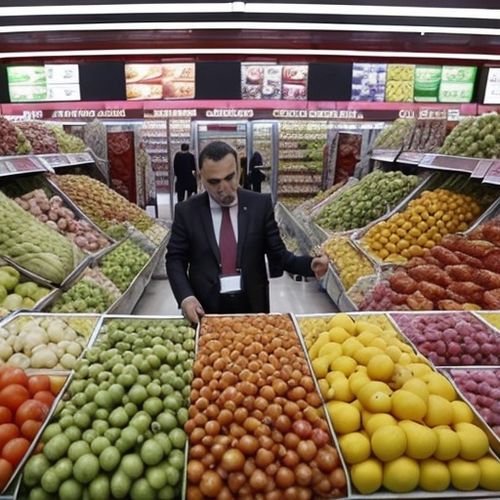
By Jessica Lee/Apr 5, 2025
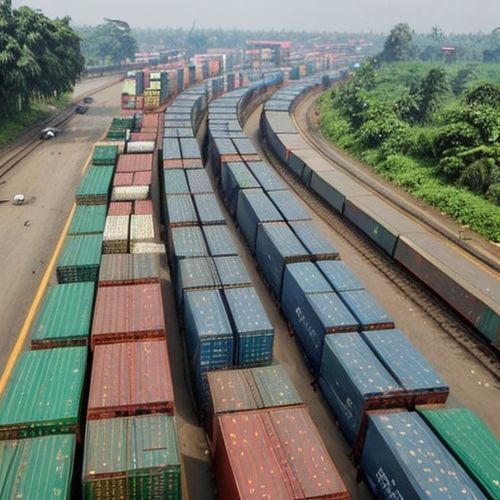
By Emily Johnson/Apr 5, 2025
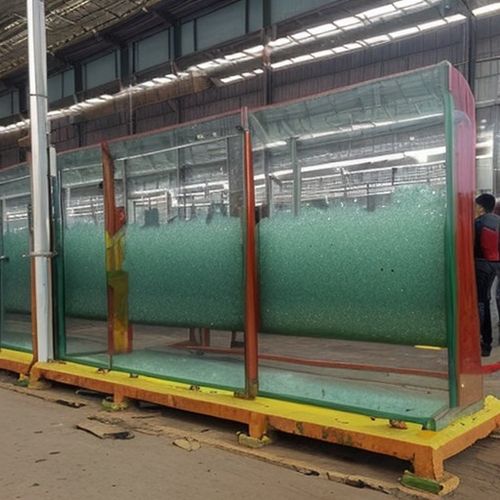
By Sophia Lewis/Apr 5, 2025
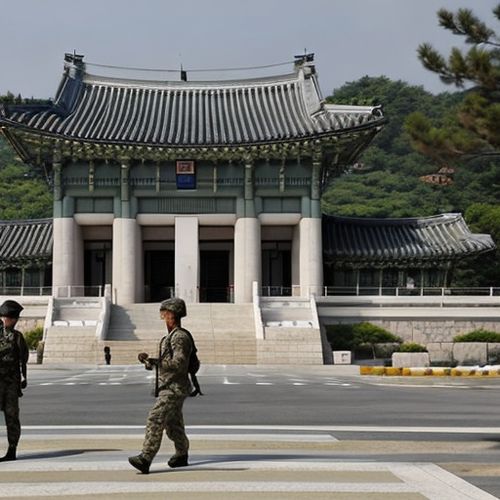
By George Bailey/Apr 5, 2025

By Amanda Phillips/Apr 5, 2025
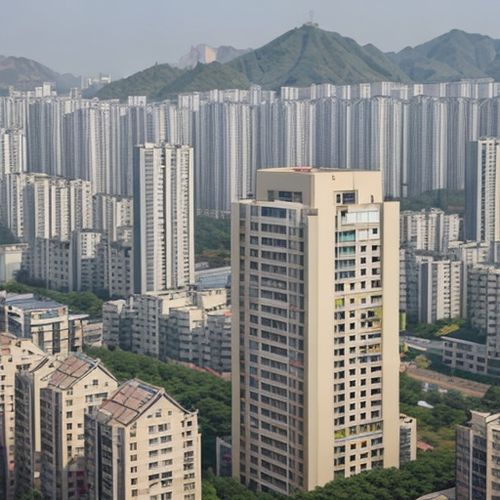
By Emily Johnson/Apr 5, 2025
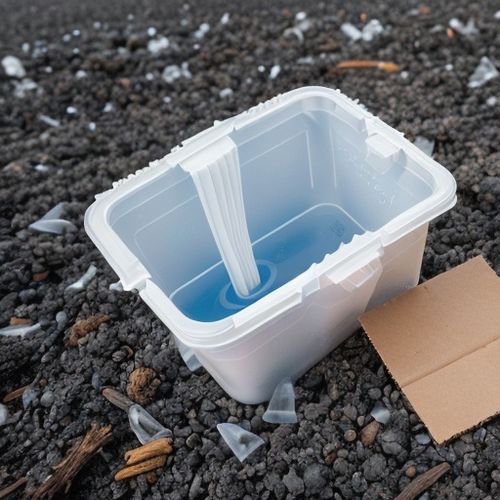
By Natalie Campbell/Apr 5, 2025

By Sarah Davis/Apr 5, 2025
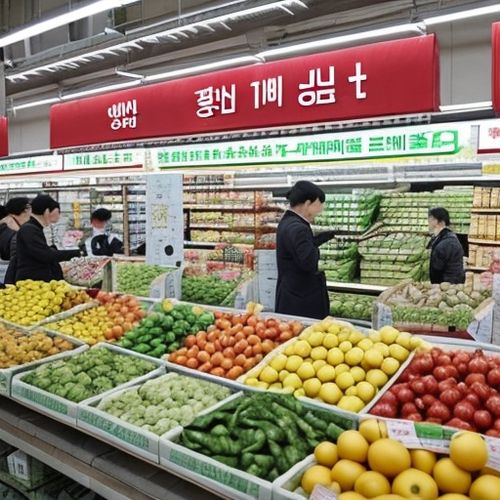
By Laura Wilson/Apr 5, 2025
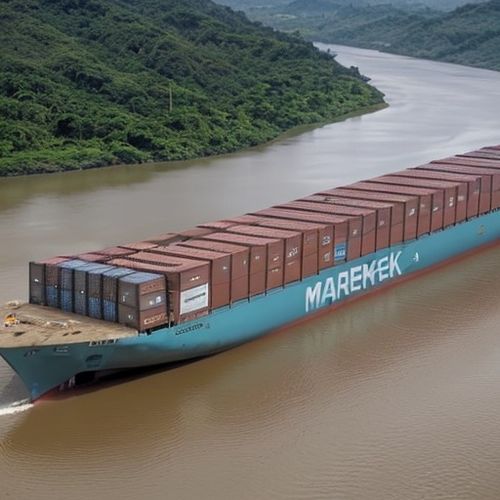
By Samuel Cooper/Apr 5, 2025
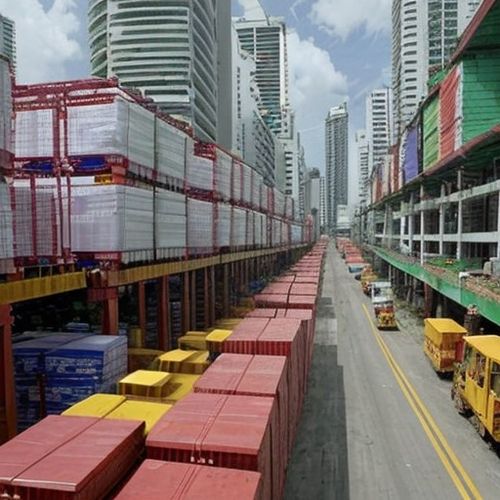
By James Moore/Apr 5, 2025
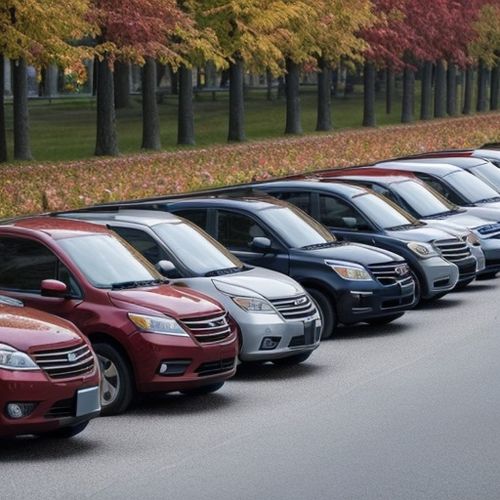
By Noah Bell/Apr 5, 2025
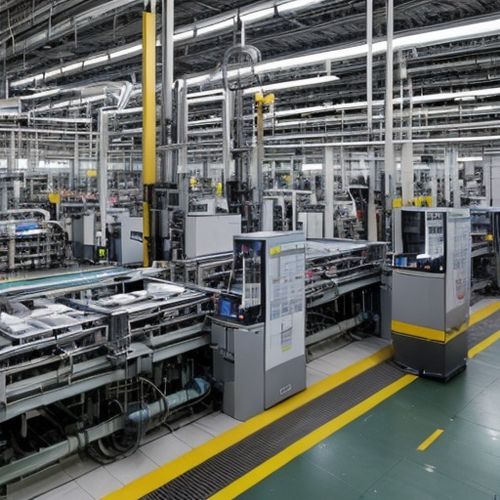
By Sarah Davis/Apr 5, 2025
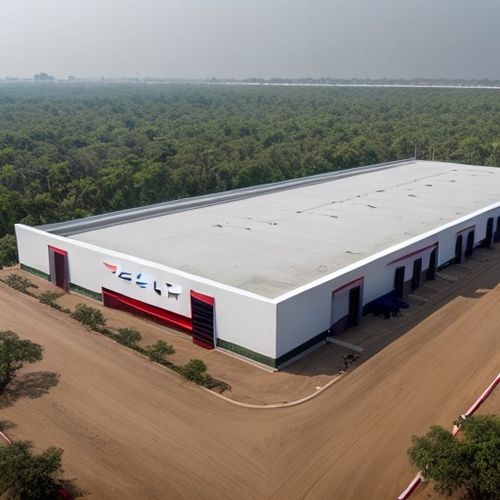
By Ryan Martin/Apr 5, 2025
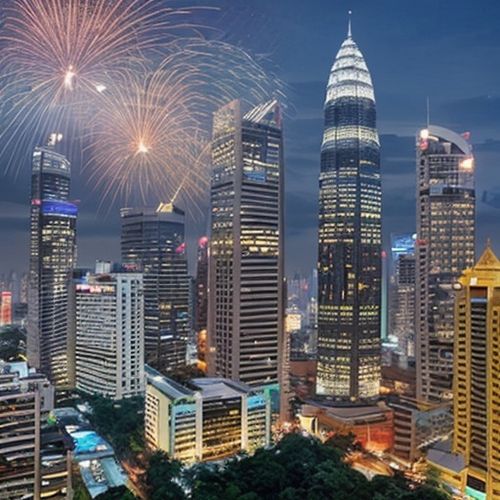
By Christopher Harris/Apr 5, 2025
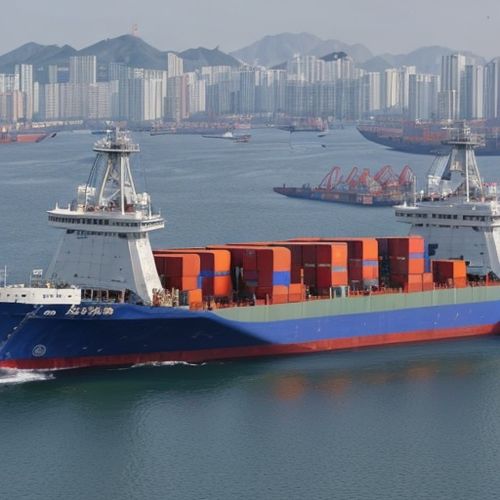
By Noah Bell/Apr 5, 2025
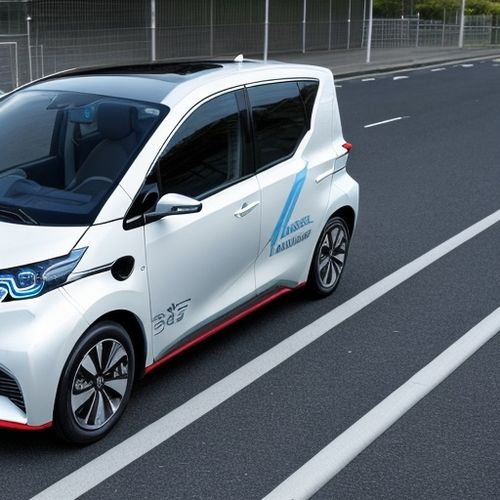
By Thomas Roberts/Apr 5, 2025
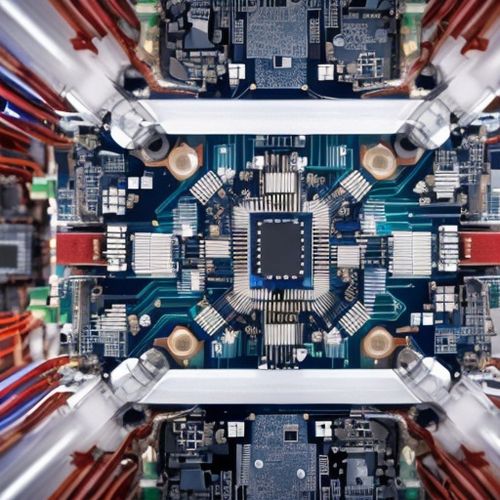
By Michael Brown/Apr 5, 2025
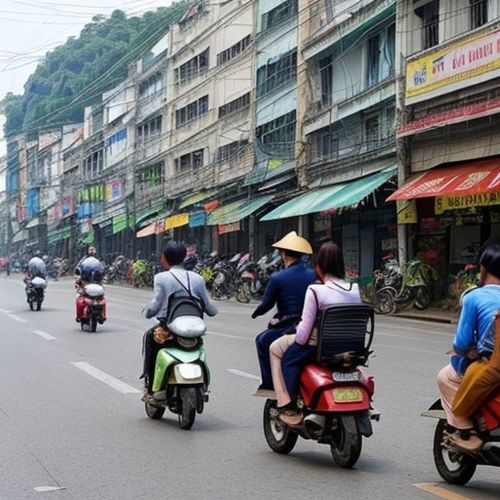
By George Bailey/Apr 5, 2025